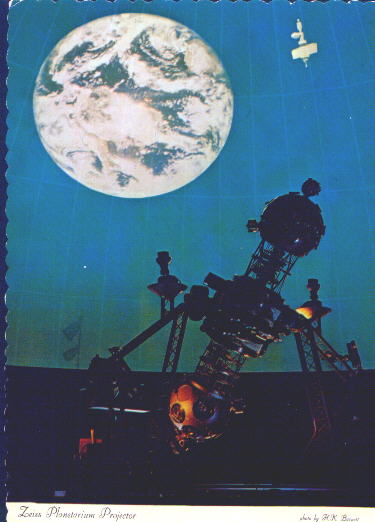
This illustration, from NASA, shows the concept of a space elevator.
(Image Source: NASA)
By Alexandra Alter
In
William Forstchen's
new science fiction novel, "Pillar to the Sky," there are no evil
cyborgs, alien invasions or time travel calamities. The threat to
humanity is far more pedestrian: tightfisted bureaucrats who have
slashed NASA's budget.
The novel is the
first in a new series of "NASA-Inspired Works of Fiction," which grew
out of a collaboration between the National Aeronautics and Space
Administration and science fiction publisher Tor. The partnership pairs
up novelists with NASA scientists and engineers, who help writers
develop scientifically plausible story lines and spot-check manuscripts
for technical errors.
The plot of Mr.
Forstchen's novel hinges on a multibillion-dollar effort to build a
23,000-mile-high space elevator—a quest threatened by budget cuts and
stingy congressmen. Forthcoming novels in the series will explore
asteroid mining, wormholes and astrobiology.
Fact-based
science fiction may sound like a contradiction, or a poor marketing
strategy, in a literary genre that typically celebrates flights of
fantasy. But Tor and NASA say both stand to gain. Novelists get access
to cutting-edge research and experts in obscure fields. A NASA official
says that shaping science fiction offers "an innovative way to reach out
to the public to raise awareness of what the agency is doing."
NASA has been hosting novelists at its research facilities for multiday tours titled, "Science Fiction Meets Science Fact." At one mixer, in October 2012, some 20 sci-fi writers mingled with NASA experts at the Goddard Space Flight Center in Maryland. They toured the radar detector development lab, laser and electro-optics facility and cosmic ice laboratory. Novelists tried on white anticontamination suits and were sent home with fragments of the heat shields used to protect satellites.
More - Link >>> http://online.wsj.com/news/articles/SB10001424052702304450904579369080192863224?mg=reno64-wsj&url=http%3A%2F%2Fonline.wsj.com%2Farticle%2FSB10001424052702304450904579369080192863224.html
Source: The Wall Street Journal.
2014: 75th Year of Pittsburgh's Buhl Planetarium

Want to receive SpaceWatchtower blog posts in your inbox ?
Send request to < spacewatchtower@planetarium.cc >..
gaw
Glenn A. Walsh, Project Director,
Friends of the Zeiss < http://buhlplanetarium.tripod.com/fotz/ >
Electronic Mail - < gawalsh@planetarium.cc >
About the SpaceWatchtower Editor / Author: < http://buhlplanetarium2.tripod.com/weblog/spacewatchtower/gaw/ >
SpaceWatchtower Blog: < http://spacewatchtower.blogspot.com/ >
Also see: South Hills Backyard Astronomers Blog: < http://shbastronomers.blogspot.com/ >
Barnestormin: Writing, Essays, Pgh. News, & More: < http://www.barnestormin.blogspot.com/ >
SPACE & SCIENCE NEWS, ASTRONOMICAL CALENDAR:
< http://buhlplanetarium.tripod.
Twitter: < https://twitter.com/spacewatchtower >
Facebook: < http://www.facebook.com/pages/
Author of History Web Sites on the Internet --
* Buhl Planetarium, Pittsburgh:
< http://www.planetarium.
* Adler Planetarium, Chicago:
< http://adlerplanetarium.
* Astronomer, Educator, Optician John A. Brashear:
< http://johnbrashear.tripod.com >
* Andrew Carnegie & Carnegie Libraries:
< http://www.andrewcarnegie.
* Civil War Museum of Andrew Carnegie Free Library:
< http://garespypost.tripod.com >
* Duquesne Incline cable-car railway, Pittsburgh:
< http://inclinedplane.tripod.
* Public Transit:
< http://andrewcarnegie2.tripod.
No comments:
Post a Comment